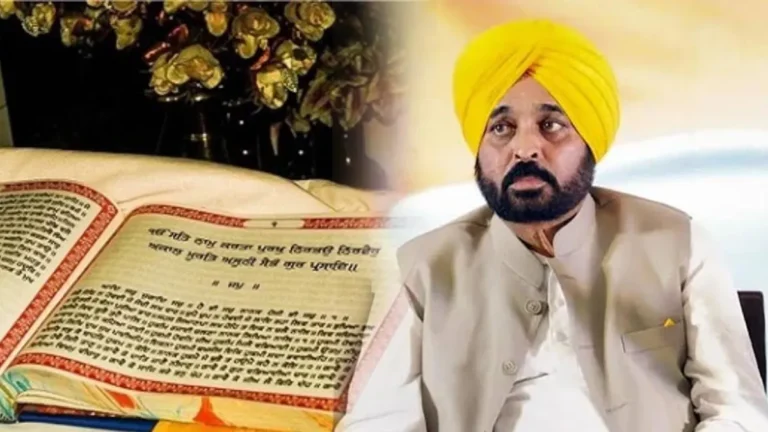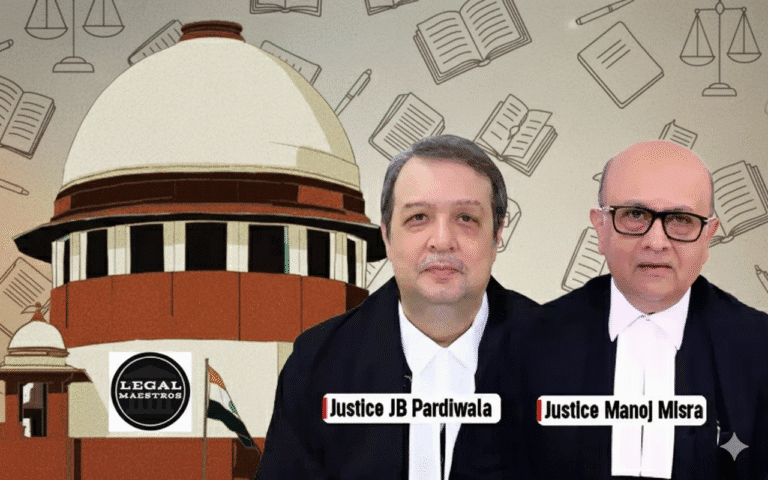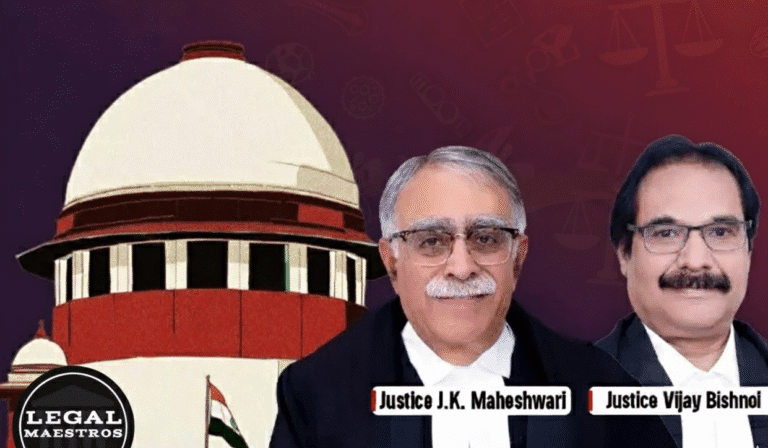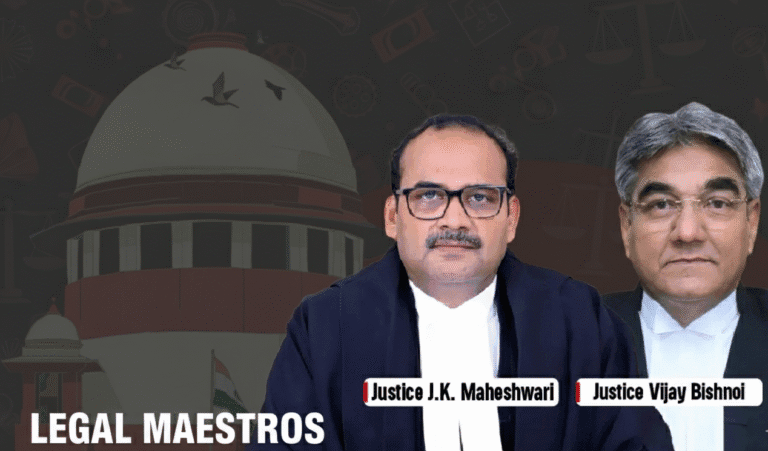
The Power Dynamics Between the Governor and Chief Minister in Indian States: Understanding the Constitutional Boundaries and Political Realities
**The Play of Power: Governors and Chief Ministers in India’s States**
The relationship between the Governor and the Chief Minister represents the centre of governance of the state in the Indian federal scheme. Such a dynamic is shaped through constitutional provisions and political realities that determine the balance of power between the two offices.
**Constitutional Framework**
For any queries or to publish an article or post or advertisement on our platform, do call at +91 6377460764 or email us at contact@legalmaestros.com.
The Constitution of India declares the Governor as the head of a state, which is similar to the President at the national level. The Governor is appointed by the President of India, and his role is mostly ceremonial, while the real executive power is held by the Chief Minister and the Council of Ministers. ([Wikipedia](https://en.wikipedia.org/wiki/Governor_%28India%29?utm_source=chatgpt.com))
Article 164 of the Constitution describes how the Governor should choose a Chief Minister, and in the event of his or her inability, then someone else capable of commanding a majority in the State Legislative Assembly. In this case, the Chief Minister consults with the Governor in appointing the rest of the ministers and allocation of the portfolio. ([governoruk.gov.in](https://governoruk.gov.in/constitutional-role/?utm_source=chatgpt.com))
The Chief Minister is the conduit between the Governor and the Council of Ministers. Article 167 requires that the Chief Minister inform the Governor about all decisions made by the Council of Ministers in respect of administering the state’s affairs and proposals for legislation. ([Your Article Library](https://www.yourarticlelibrary.com/constitution/constitutional-position-of-chief-minister-of-a-state/46668?utm_source=chatgpt.com))
For any queries or to publish an article or post or advertisement on our platform, do call at +91 6377460764 or email us at contact@legalmaestros.com.
**Executive Powers**
Although the Governor has the powers of the executive, they are exercised in accordance with the advice given by the Chief Minister and the Council of Ministers. The Governor appoints the Chief Minister, other ministers, the Advocate General, and the Chairman and members of the State Public Service Commission. All the executive actions of the state are done in the name of the Governor, but the actual authority vests in the Chief Minister and the Council of Ministers. ([Wikipedia](https://en.wikipedia.org/wiki/Governor_%28India%29?utm_source=chatgpt.com))
**Legislative Powers**
For any queries or to publish an article or post or advertisement on our platform, do call at +91 6377460764 or email us at contact@legalmaestros.com.
The Governor can summon and prorogue the State Legislature and can dissolve the Legislative Assembly. They can also address the Legislature and send messages to it. However, the legislative agenda is primarily set by the Chief Minister and the Council of Ministers, who are responsible for introducing bills and guiding them through the legislative process. ([governoruk.gov.in](https://governoruk.gov.in/constitutional-role/?utm_source=chatgpt.com))
**Judicial Powers**
The Governor can grant pardons, reprieves, respites, or remissions of punishment, or suspend, remit, or commute sentences in certain cases. They also have the power to appoint judges to the High Courts and district courts, though these appointments are made in consultation with the Chief Minister and the Chief Justice of the High Court. ([Wikipedia](https://en.wikipedia.org/wiki/Governor_%28India%29?utm_source=chatgpt.com))
For any queries or to publish an article or post or advertisement on our platform, do call at +91 6377460764 or email us at contact@legalmaestros.com.
**Discretionary Powers**
The Governor holds discretionary powers that he can use independently of the Council of Ministers. These include the authority to dissolve the Legislative Assembly, to reserve bills for the consideration of the President, and to recommend the imposition of President’s Rule in the state. The use of these discretionary powers, however, is frequently subject to political considerations and the prevailing political environment. ([Wikipedia](https://en.wikipedia.org/wiki/Governor_%28India%29?utm_source=chatgpt.com))
**Political Realities**
For any queries or to publish an article or post or advertisement on our platform, do call at +91 6377460764 or email us at contact@legalmaestros.com.
In practice, there is an intricate relationship between the Governor and Chief Minister in line with political dynamics. Presidents appoint governors in most instances based on party ties at the central level, meaning that some sort of perceived partisan politics could often be identified within the governors and their policies whenever they implement choices that may work to favor central government interests ahead of those belonging to the states.
The exercise of discretionary powers by Governors that question the power of the Chief Minister may trigger conflicts. Such a conflict would be triggered by an act by the Governor like withholding assent to a bill passed by the state legislature or recommending dissolution of the Legislative Assembly.
The Chief Minister, being the head of the majority party in the state legislature, wields substantial power within the state’s administration and determines its policy directions. However, at times, the Governor’s formal powers as well as being the President’s representative may give rise to frictions, mainly when the policies undertaken by the state government do not harmonize with those of the Centre.
For any queries or to publish an article or post or advertisement on our platform, do call at +91 6377460764 or email us at contact@legalmaestros.com.
**Conclusion
The relationship between the Governor and the Chief Minister is an interesting dance of constitutional provisions and political realities in India’s states. While the Constitution has gone ahead to detail the respective roles and powers of each office, the actual dynamics are only shaped by political contexts, party affiliations, and the wider federal structure. This relationship must be understood in order to understand the subtleties of governance in India’s divergent and dynamic political landscape.







